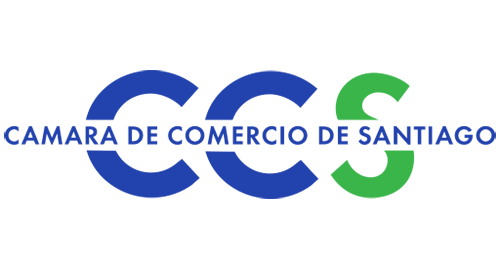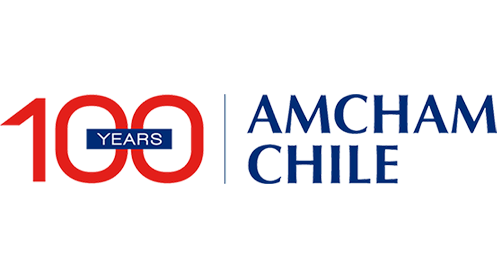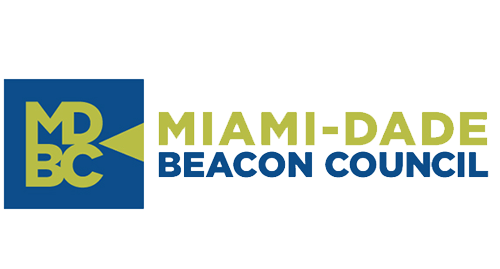
This article first appeared on Asuntos Legales Colombia on December 21, 2021.
Transparency for Colombia revealed the radiography of corruption events that occurred from 2016 to 2020. The study included several parameters that allow observing individually which are the sectors and types of corruption that most afflict the country.
In this way, the report reveals that in those five years 967 acts of corruption have been reported, which have been documented through 2,026 written press releases from 25 different media.
“Nearly half of the facts compiled correspond to administrative corruption, related to the weaknesses of public entities”, said the NGO about the most frequent types of corruption.
Analyzing by class, the document showed that 44% of the detected incidents are related to the administrative sphere, while politics represents 27% of the reported episodes. On the other hand, private corruption and corruption related to the judicial sector represent, respectively, 19% and 10% of the events collected in the period in question.
As for the areas in which the events occurred, the report states that contracting represents 22% of the total; security contributes 21%, and regulation, licensing, and procedures have 10%.
On the other hand, if the data is analyzed by sector, defense and security have the highest number of incidents, with 21% of the cases. The judicial sector follows with 11%, followed by education, science, and technology with 9%. The housing, land use planning, and public services sector accounts for 8% of the corruption incidents.
Other sectors such as health (7%), transportation (6%), electoral (6%), public administration (6%), treasury and finance (4%), and culture, recreation, and sports (3%) have also been affected, according to the report.
Taking the data by entities, the National Government is the most affected, with 32% of the events, followed by the mayors’ offices, with 27%, and the governors’ offices, with 11%.
The Judicial Branch was affected with 9%, while the legislative branch and corporations accounted for 5%. In turn, independent entities contribute 4%.
It is also important to outline how the problem can be measured in money since 2016 it has been estimated that $92.77 billion in resources has been committed. Of this amount, the report says, $4.94 billion was recovered, while $13.67 billion was lost.
The problem of corruption affects the entire Colombian population, as it prevents the implementation of infrastructure, education, or the development of public policies. In this sense, the report highlights that the groups most affected by the problem are children and adolescents, with an indicator of 77 points, and students, with 76 points.
The socioeconomically vulnerable population registers an affectation of 57 points, and other groups, such as health system patients and users of public services, also appear with wide participation.














